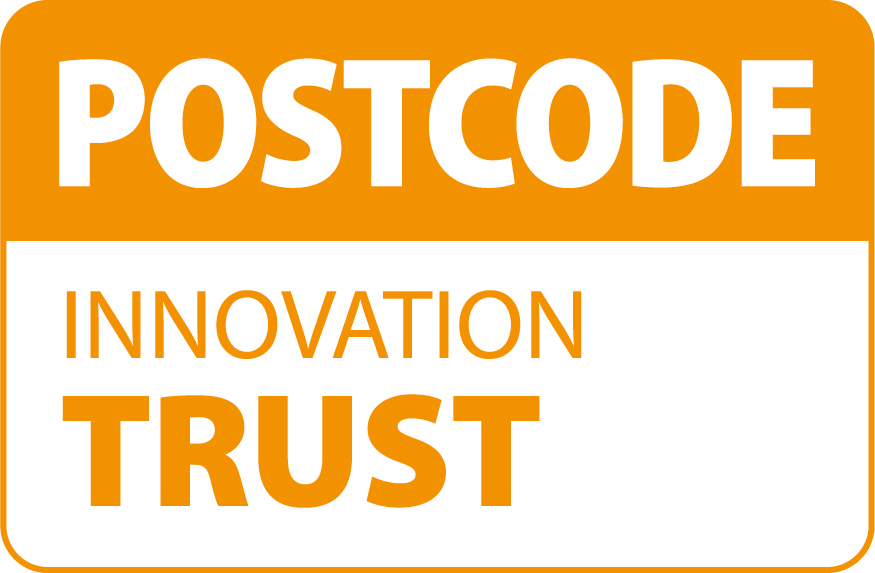Brilliant Butterflies Habitat Creation
Butterfly Conservation's Steve Bolton, who is a Project Officer on our Brilliant Butterflies project shares the story behind one important aspect of the project: the creation of 16 new butterfly banks in Croydon greenspaces.
One of the main aims of the Brilliant Butterflies project is to work with local communities and landowners to create new chalk grassland habitat. This rare habitat supports a wide variety of wildflowers and grasses which in turn provide food, shelter and breeding habitat for many butterflies and insects. New habitat will help connect existing areas of chalk grassland and provide a ‘nature recovery network’ to support declining insect populations.
Following a brief delay during the first lockdown we have had great success creating 16 new habitats across Croydon which is nearly half of our target. Another ‘butterfly bank’ will be completed in the near future at Down House, the home of Charles Darwin, where we are excited to be working with English Heritage. The remaining ‘banks’ are currently in the planning phase with projects being finalised in Croydon and Bromley.
We have worked with landowners and local communities to design banks that suit the local environment in the most cost-effective way. For example, at Falconwood Meadow a simple scrape was created that exposes low nutrient subsoil providing the right conditions for wildflower seeding and planting. Once established this new chalk grassland habitat will support declining insect and butterfly populations including the nationally rare small blue butterfly. The small blue always lays its eggs on kidney vetch plants as this is the only plant the caterpillars feed on, also known as the ‘food-plant’, see picture below.
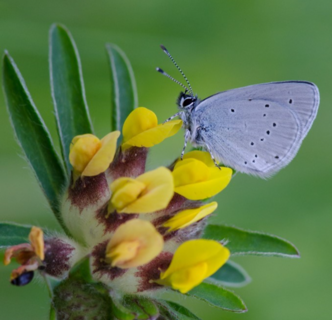
Planting and seeding kidney vetch in new habitats will attract small blue butterflies from nearby sites with existing colonies, for example at Hutchinson’s Bank. In time the small blue will establish breeding colonies on the new sites helping the population to expand. This process can be repeated many times helping to create a network of suitable sites for the small blue and other declining insects. In this way we can create wildlife corridors across Bromley and Croydon connecting habitats from Biggin Hill and Downe to Old Coulsdon, see image below.

At Milne Park in New Addington two banks were created by spreading imported chalk onto existing roadside bunds. Using chalk provides similar conditions to the chalky soils found on many local nature reserves where low nutrient and free draining soils support chalk grassland habitat. The bank locations were agreed with local community groups to ensure they enhance the space without compromising any existing community uses. A different technique called ‘soil inversion’ was used at three other sites including Sanderstead Recreation Ground. This is where topsoil is stripped and set aside, subsoil is excavated and topsoil is then replaced with the subsoil on top. Whether its subsoil or chalk it’s the low nutrients that are critical to successful establishment of wildflowers in the long term as high nutrients allows a small number of plants to dominate.
Local residents have been very supportive and local volunteers joined project staff in helping to plant and seed the banks with chalk grassland flowers. The wildflowers will introduce some colour and wildlife into these recreational spaces for people to enjoy whilst also improving biodiversity. Volunteers will help with their maintenance in the longer term including monitoring of butterfly species.
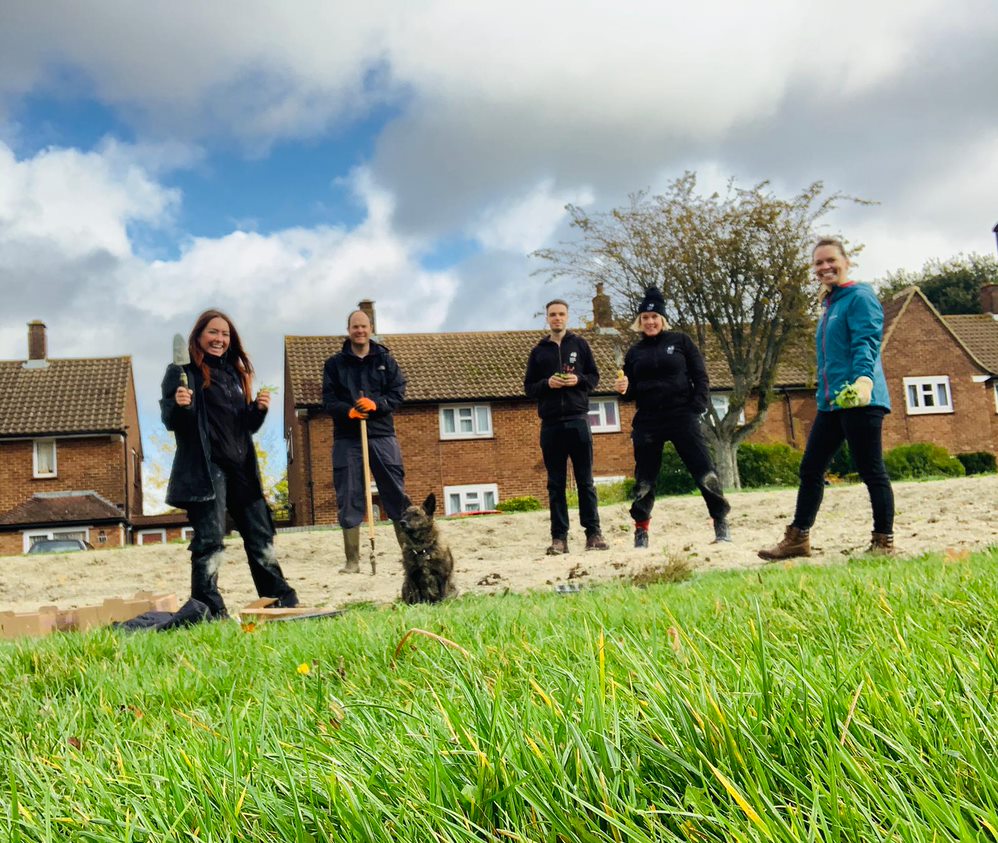
We have worked with City of London staff and volunteers at Riddlesdown Common to plant and seed the new banks around the back of the car park. Plug plants are used that provide a nectar source for pollenating insects, and food plants for caterpillars, such as marjoram, field scabious and birds-foot trefoil. A bespoke Brilliant Butterflies seed mix is used to introduce a wide variety of wildflowers and grasses. Once established the plant community will be very similar to the natural chalk grassland habitats found in the local area.
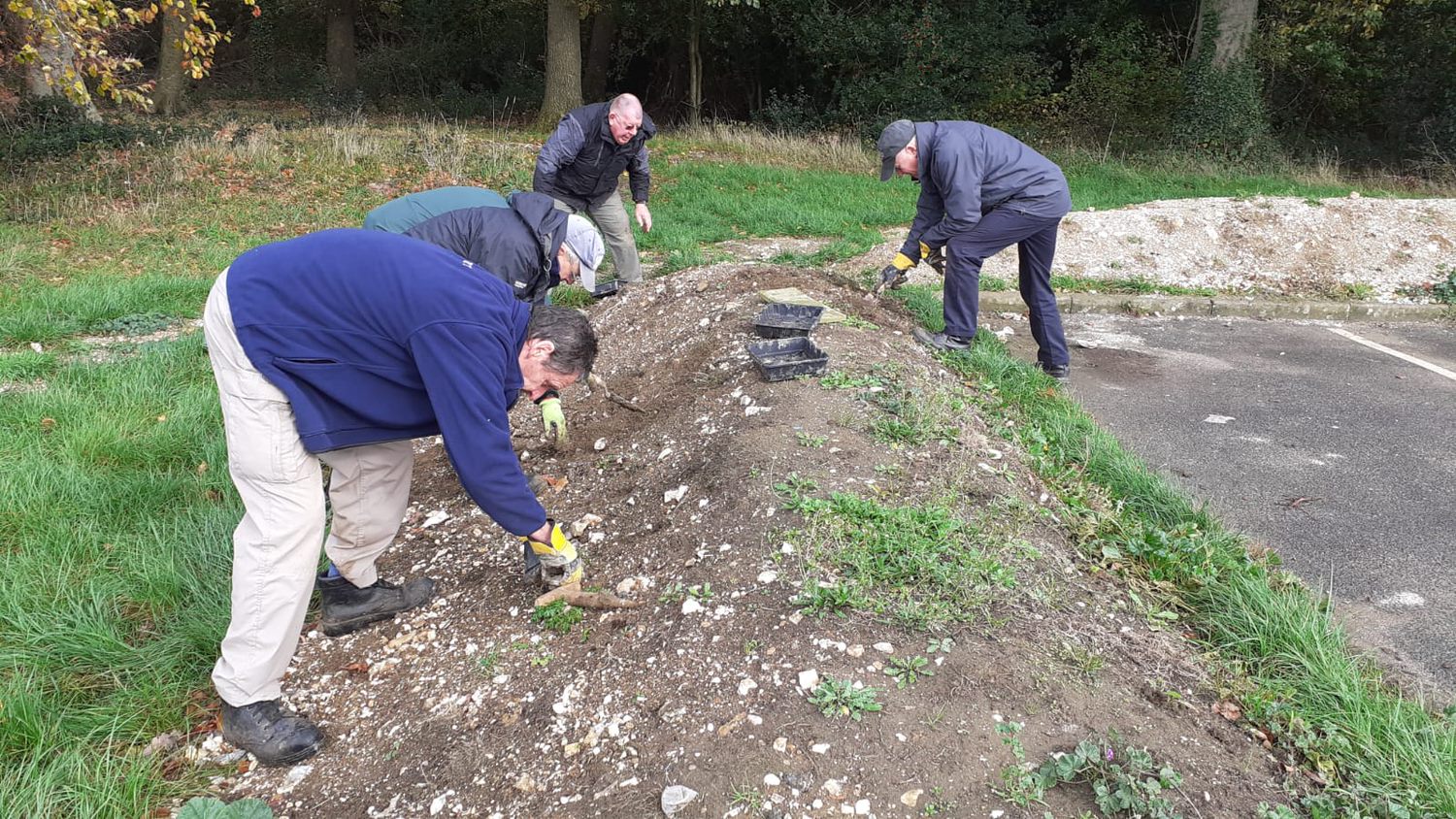
Three New Addington schools now have their very own butterfly bank within their school grounds providing an excellent educational resource. At Fairchildes School we cut into a slope on the playing fields to create a bank using subsoil from the site. No other materials were needed making this a very cost-effective option. Topsoil was stripped and used to from the base of the bank which was then covered in subsoil. At Castle Hill and Applegarth schools the levelled playing fields meant imported chalk was needed to create suitable conditions for wildflowers to thrive. The children will help plant, monitor and maintain the banks including recording of butterflies.
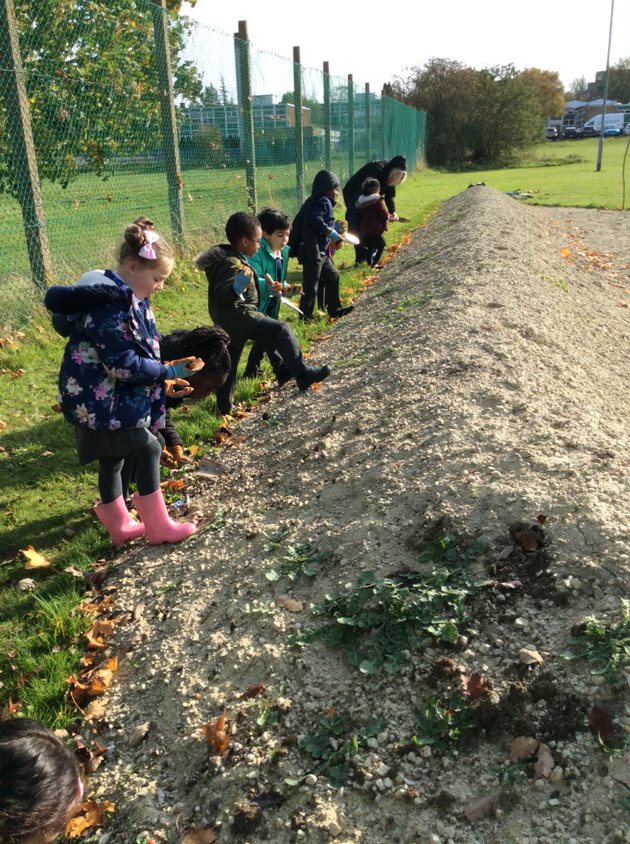
As we continue to plan and deliver new habitat across the project we are very much looking forward to next summer when the wildflowers will become more established and start attracting more butterflies to greenspaces where they can make a new home! Look out for nature-based events and butterfly workshops next year when we will be taking groups out onto existing nature reserves and the new habitats.
